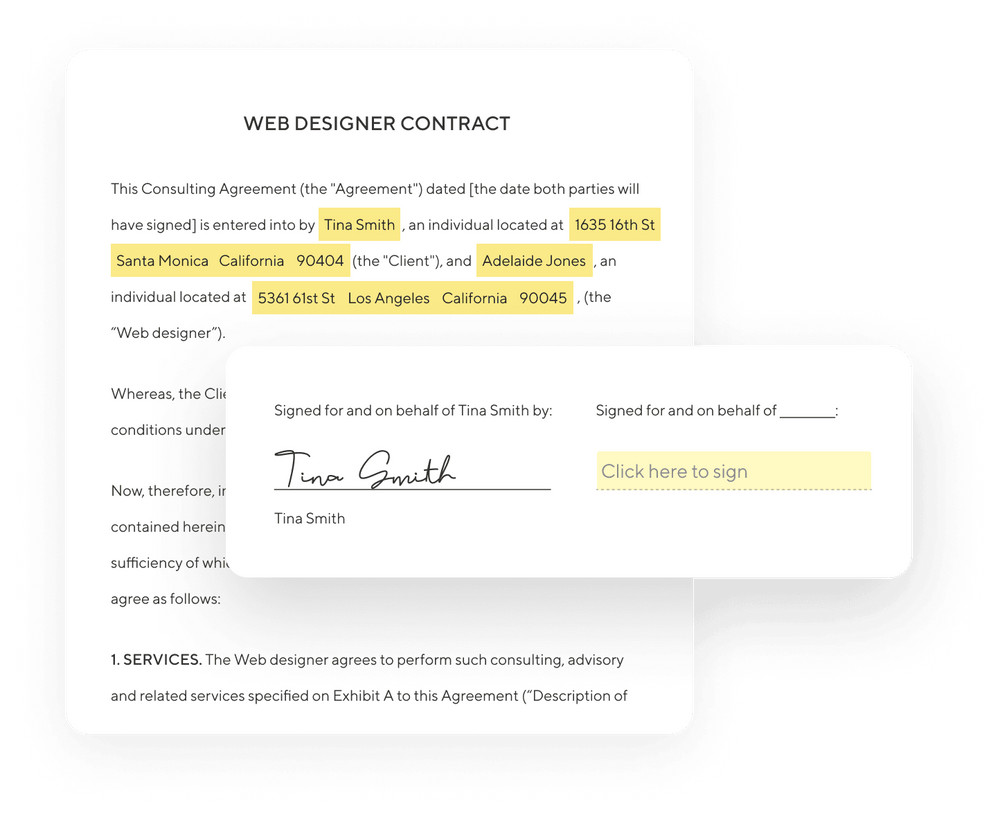“That’s not a priority for me.”
Those words can sound cold in a conversation with others, but they may be just what you need when you’re having a conversation with yourself about how to run your freelance business.
When you know what your priorities are, you can be focused and smart about how to use your time, dedicating your resources appropriately to grow and develop your business.
How do you decide what’s the most important though?
The Action Priority Matrix can be a helpful guide to creating a logical, goal-oriented plan and increasing your productivity. Using this tool as a guide, you can figure out what’s urgent and important versus what’s busy work that may be keeping you from reaching your goals.
What is the Action Priority Matrix?
The Action Priority Matrix, also known as the Eisenhower Matrix, is a 2x2 grid that you can use to rank tasks in order of urgency and importance.
Quadrants of the Action Priority Matrix
On the grid, you’ll see a vertical axis and a horizontal axis. The vertical axis typically ranks the impact of a task, while the horizontal axis shows the effort required to complete it.
With this understanding in place, the action priority matrix can be divided into 4 quadrants.
Quick Wins
Quick wins are tasks that require a low effort but have an outsized impact. These tasks might be things like reaching out to network with other business owners or setting regularly scheduled social media posts.
If you have a template or regularly scheduled process in place, these quick wins don’t always take much time but they can boost your visibility or relevancy without a lot of ongoing work on your part.
Fill Ins
Fill ins are tasks that are low impact but also require little effort to complete. These kinds of tasks don’t necessarily gain you new revenue, but they can make your work life easier and more pleasant and can accrue to success over time.
Examples might include writing thank you notes, clearing out your inbox or organizing your workspace.
Thankless tasks
High effort, low impact tasks can take a lot of time to handle but have a relatively low reward.
These types of tasks can include things like setting up your internal file structure or updating software. They’re things that must be done to keep business moving forward, but they’re not necessarily rewarding or exciting.
Major Projects
Projects that are high effort and high impact should be prioritized on your list, with time blocked out on your calendar to complete them.
These are the programs that generate your revenue, build relationships and cement your success. Major client work, writing proposals, developing new products - these can all be examples of major projects that should rank highly within your action priority matrix.
What Does This Task Require in Terms of Time or Resources?
“There’s no such thing as a free lunch.”
You may have heard this from an economist’s point of view. It’s true in your work life too.
Everything you do costs you either time or money. If you run a freelance accounting service, for example, and you need to build a website, you’ll have to either spend time on doing it yourself or spend money to pay an expert to do it for you.
To be successful, you’ll evaluate the impact and effort of such a project, ranking it in your action priority matrix. Then, you’ll decide which thing you value more, the additional time freed up for paying client work or the additional money available because you took the project on yourself.
Create a task list and rank/prioritize your items based on the quadrants of the matrix. Prioritization of a task can change over time depending on your resources and which other items are ranking in the major projects section.
For a freelance marketer in the early stages of their business, for example, it may make sense to commit time to manage every aspect of their own marketing and creating all their content. As clients are onboarded, though, more resources may need to be dedicated to their efforts and blogging on their own behalf may slide down the priority list.
When you’re growing a business on your own, every task can seem like it’s of the highest importance. You owe it to yourself to take time to evaluate the impact and effort of your work in contrast to its importance and urgency.
Then, you can be confident about how you’re spending your time and can focus your efforts on the tasks and projects that will really help your business grow and succeed.



